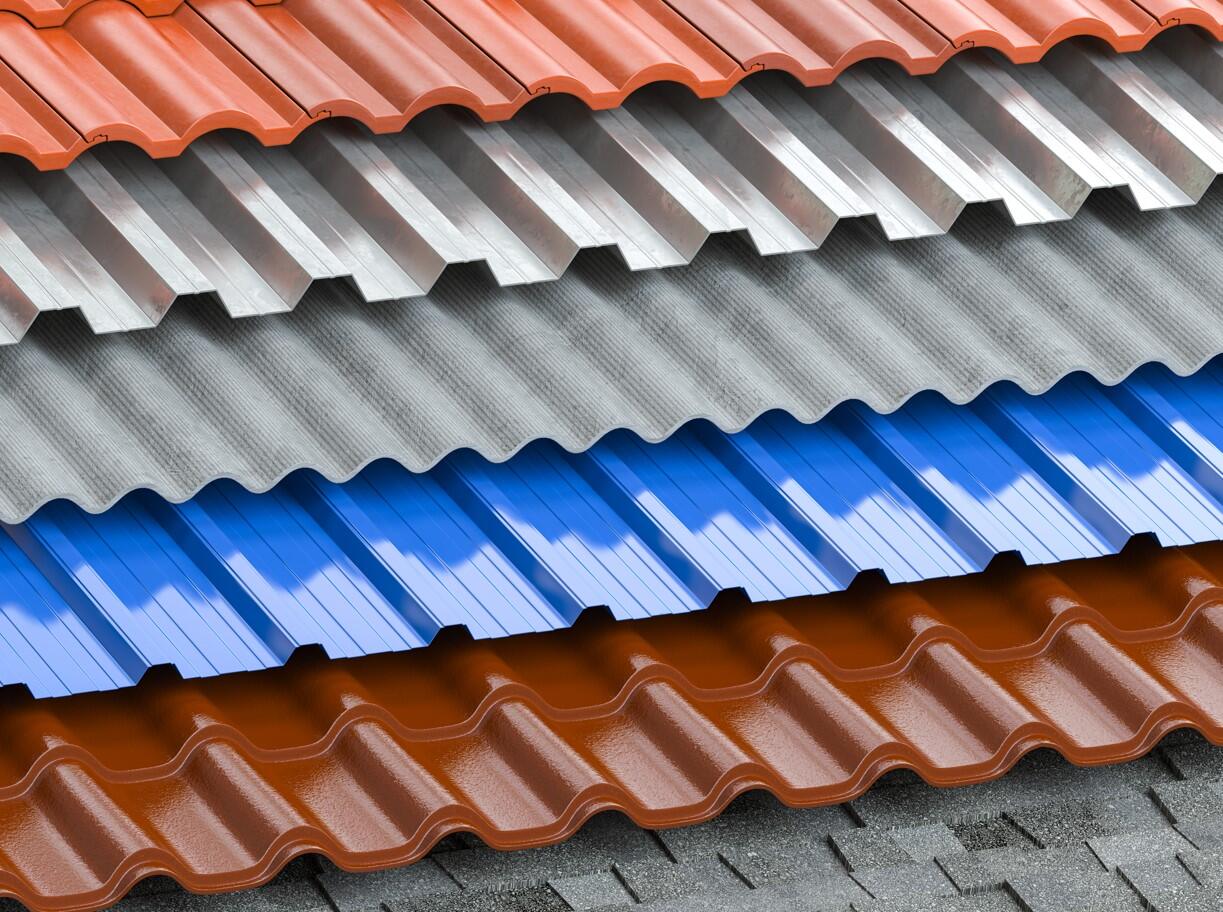Choosing the best roofing material for your home is important for protecting it from the elements. Different climates have different demands, and the right material can make a big difference in how well your roof performs. If you live in a hot area, your roof needs to handle intense sunlight and heat. In a cold region, it should stand up to snow and ice.
By understanding your local climate and the best materials for that environment, you can make sure your roof lasts longer and requires less maintenance. Additionally, the right roofing material can help with energy efficiency. It can keep your home cooler in the summer or warmer in the winter, saving you money on energy bills.
In this article, we will explore how to assess your climate and choose the right roofing material. We’ll look at the best options for hot and cold climates and provide tips for making your final decision. With the right information, you can select a roofing material that meets your needs and keeps your home safe and comfortable.
Understanding Your Climate: Key Factors to Consider
When choosing a roofing material, it’s crucial to understand your local climate. Different materials perform better under certain weather conditions. Start by considering the average temperatures in your area. If you live in a place with extreme heat, you’ll need a material that can withstand high temperatures without degrading. Conversely, in colder climates, materials should be able to handle snow, ice, and freezing temperatures.
Next, think about the typical weather patterns in your area. Do you experience heavy rain, strong winds, or frequent storms? Materials like metal or slate are great for wind resistance, while tiles can be beneficial for areas with heavy rainfall due to their durability and water resistance. Pay attention to the humidity levels, too. Materials like wood shingles may not be suitable for very humid regions as they can rot or grow mold.
Best Roofing Materials for Hot Climates
In hot climates, the right roofing material can make a big difference in keeping your home cool. One of the best options is metal roofing. Metal roofs reflect sunlight, which helps reduce heat buildup in your home. They are also durable and can last up to 50 years with minimal maintenance.
Clay and concrete tiles are another excellent choice for hot climates. These materials have natural thermal resistance, which helps keep the interior of your home cooler. Tiles are also very durable and can withstand intense heat without cracking or becoming damaged.
If you’re looking for a more budget-friendly option, consider asphalt shingles with reflective granules. These shingles are designed to reflect more sunlight and absorb less heat, helping to keep your home cooler. They are not as durable as metal or tile, but they can still provide good performance in hot climates with regular maintenance.
Best Roofing Materials for Cold Climates
In cold climates, your roofing material needs to withstand snow, ice, and freezing temperatures. One of the best options is asphalt shingles. These shingles are not only affordable but also effective in shedding snow and ice. They are widely available and can be reinforced with fiberglass for added durability.
Metal roofing is another excellent choice for cold climates. Metal roofs allow snow and ice to slide off easily, reducing the risk of ice dams. They are highly durable and can withstand harsh winter conditions. Metal roofs also offer good insulation properties when paired with the right underlayment.
For those seeking a more classic look, slate tiles are a good option. Slate is naturally resistant to freezing temperatures and provides excellent protection against snow and ice. It’s a long-lasting material, though it does come with a higher price tag and may require additional structural support due to its weight.
How to Make the Final Decision for Your Roofing Material
Making the final decision on your roofing material involves a few key steps. Start by evaluating your budget. High-end materials like slate and metal may offer better durability and performance but come at a higher cost. Asphalt shingles are more budget-friendly but may require more frequent maintenance.
Consider the lifespan of each material. While asphalt shingles may last around 20-30 years, metal and slate can offer up to 50 years or more of service. Determine how long you plan to stay in your home and choose a material that matches your long-term plans.
Next, think about the aesthetic appeal. How does the material complement the style of your home? Some materials offer a more modern look, while others fit better with traditional styles. Also, check for any local building codes or homeowner association rules that might dictate the type of roofing materials you can use.
Conclusion
Choosing the right roofing material for your climate is a crucial decision that impacts your home’s comfort, energy efficiency, and longevity. By understanding your climate’s specific needs and evaluating the benefits of various materials, you can make an informed choice that ensures your home is well-protected.
If you’re ready to choose the best roofing material for your climate, Mega Pro is here to assist you. Contact us today to discuss your needs and get quality roofing services for your home. Trust Mega Pro to help you make the best decision for a durable and efficient roofing solution.


